#mughal art
Text



Researching composite horse Mughal miniatures
408 notes
·
View notes
Text

Emerald with the seal of Emperor Jahangir, Mughal Empire (India), 1018 AH (1609-1610 AD)
from The Museum of Islamic Art, Qatar
1K notes
·
View notes
Text
made a transparent version of the human headed turtle from a copy of ‘Ajā’ib al-makhlūqāt wa-gharā’ib al-mawjūdāt (Marvels of Things Created and Miraculous Aspects of Things Existing) by al-Qazwīnī (d. 1283/682) i posted yesterday to crawl across your dashboard.

#reblog to help them cross the rest of the tumblr dashboard i guess#i needed to remember how to do this for other reasons and thought hey. i might as well practice on the human turtle#mughal art#turtle#manuscript
402 notes
·
View notes
Text
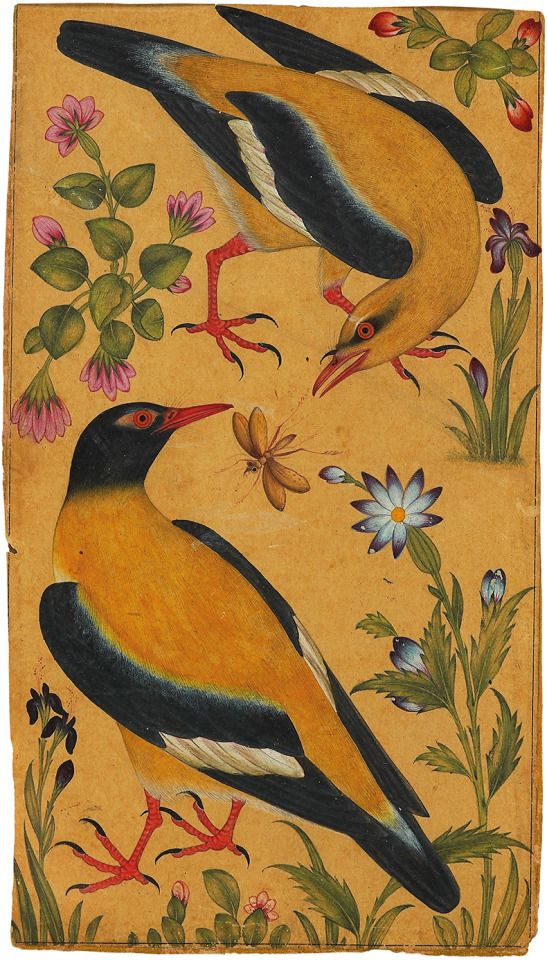
Two Orioles (c. 1610), unknown artist, Mughal, India.
Howard Hodgkin Indian Collection Trust
239 notes
·
View notes
Text

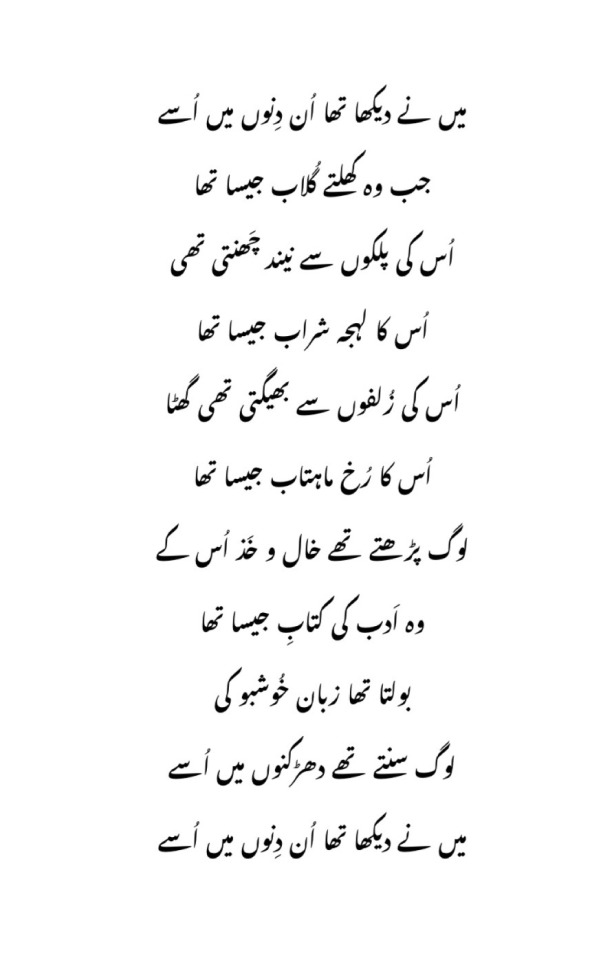


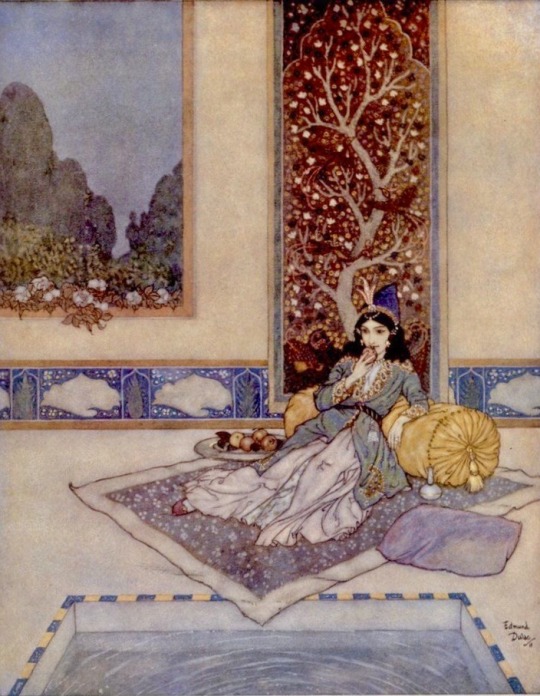
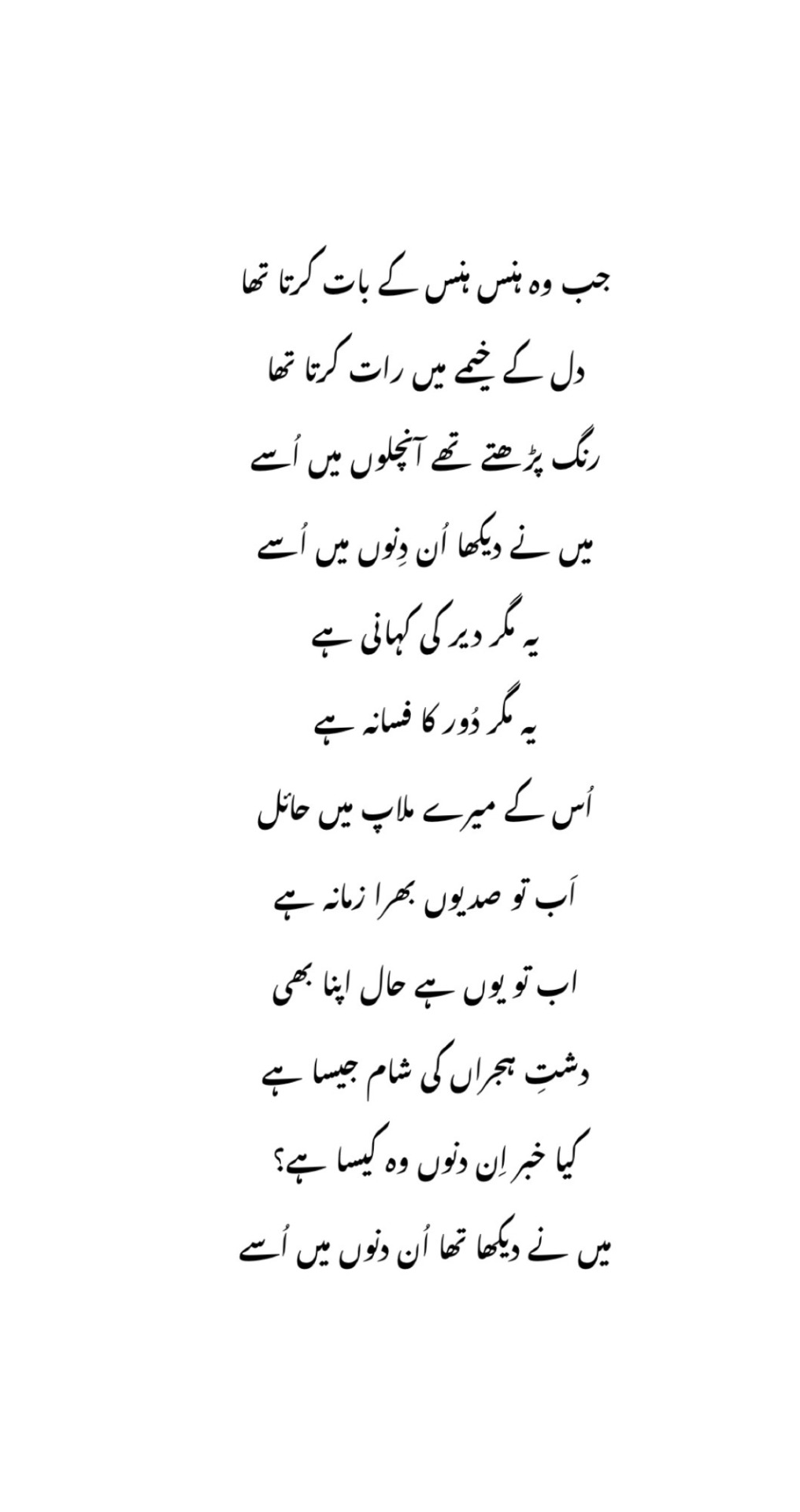
Maine dekha tha un dinon main use -Mohsin Naqvi
#mohsin naqvi#urdu poetry#desi#urdu literature#mehreen khan#mughal art#dark academia#shayari#rennaissance#desiblr#desi academia#urdu ghazal#paintings#urdu aesthetic#urdu poems#Islamic art#desi dark academia#desi tumblr#desi aesthetic#desi romance#rennaisance art
229 notes
·
View notes
Text

Women by a garden pool, 1780-1790
Jodhpur, Rajasthan, India
Opaque watercolor and gold on paper
Yale University Art Gallery
30 notes
·
View notes
Text

Basawan and Suraj Gujrati. Illustration from Baburnama or Memoirs of Babur, ca. 183-1530.
Baburnama is an autobiographical account by Zahiruddin Muhammad Babur, a descendant of Timur and the first Mughal king of India. The miniatures are from an illustrated copy of the Baburnama prepared for the author's grandson, the Mughal Emperor Akbar. Akbar’s commissions were divided up among teams of artists working at the court, and often two painters collaborated on a single image, in addition to the calligraphers. This particular illustration is attributed to Basawan, responsible for the composition and the drawing, and Suraj Gujarati, who painted it. The miniatures reflect the culture of the Mughal court at Delhi, and are important as evidence of the tradition of exquisite miniature painting which developed at the court of Timur and his successors. Timurid miniatures are among the greatest artistic achievements of the Islamic world in the fifteenth and sixteenth centuries.
#ots#art#babur#baburnama#basawan#suraj gujrati#akbar#mughal art#mughals#medieval art#indian art#miniatures#illustration#mughal empire#indian history
54 notes
·
View notes
Text


A kneeling peri offering a flower.
Probably Mughal in the style of Bukhara, ca. 1555 AD
British Museum
41 notes
·
View notes
Text
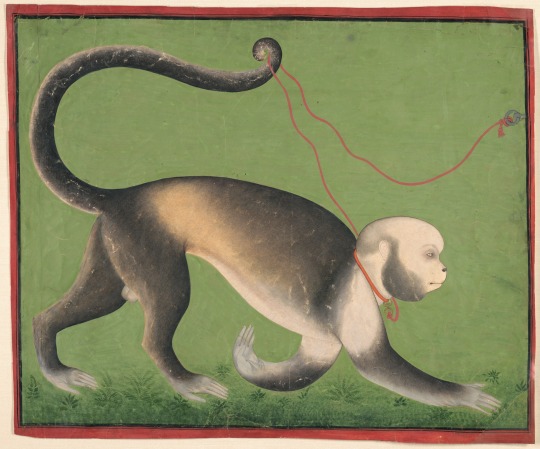
Unknown Artist from Rajasthan, A Monumental Portrait of a Monkey, ca. 1700-1715, watercolor/paper (Art Institute, Chicago)
An inscription on the back of the painting states the monkey's name was Husaini, and he was the pet of Daud Khan Panni, a nobleman at the Mughal court.
26 notes
·
View notes
Text
#WatercolorWednesday:
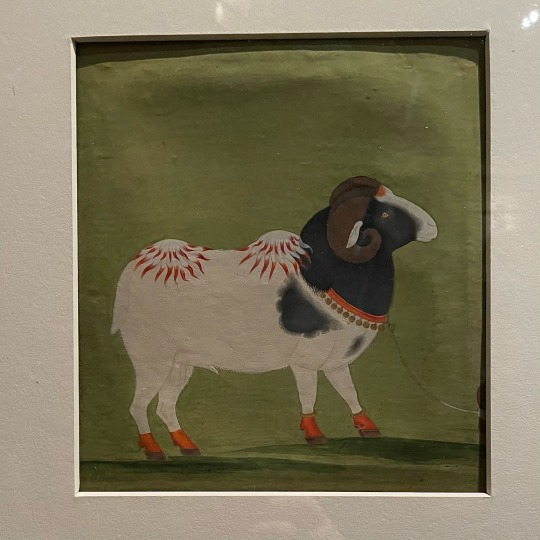
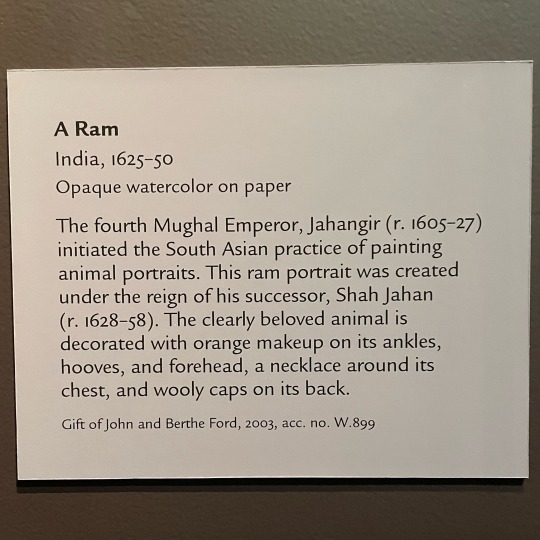
A Ram
India, Mughal, c.1625-50
Opaque watercolor on paper
The Walters Art Museum
“The fourth Mughal Emperor, Jahangir (r. 1605-27) initiated the South Asian practice of painting animal portraits. This ram portrait was created under the reign of his successor, Shah Jahan (r. 1628-58). The clearly beloved animal is decorated with orange makeup on its ankles, hooves, and forehead, a necklace around its chest, and wooly caps on its back.”
#animals in art#museum visit#Indian art#Mughal art#painting#watercolor#miniature painting#Watercolor Wednesday#South Asian Art#Asian art#Walters Art Museum#ram
17 notes
·
View notes
Text
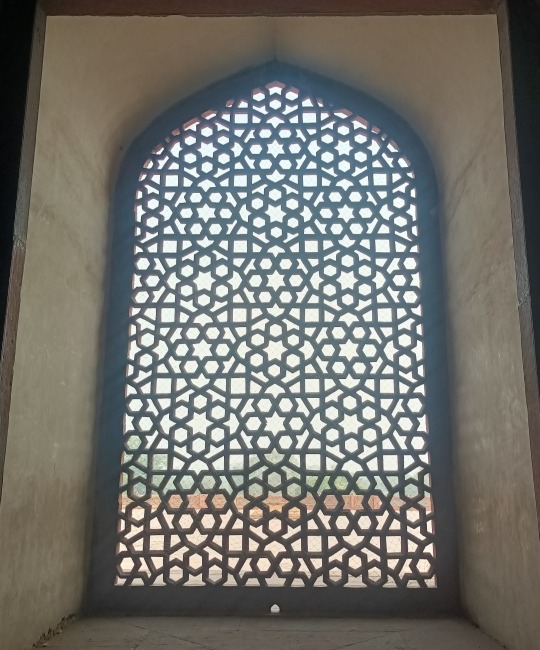

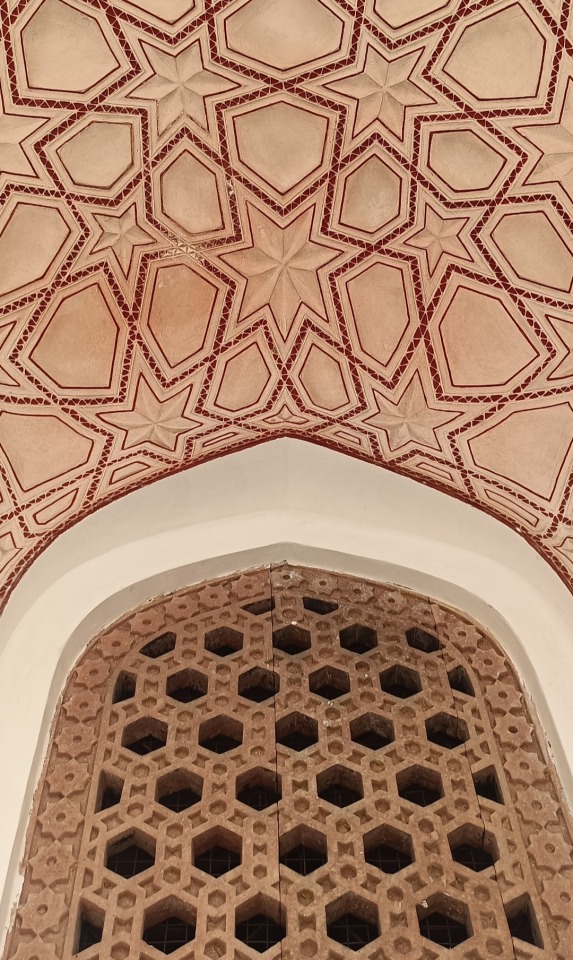

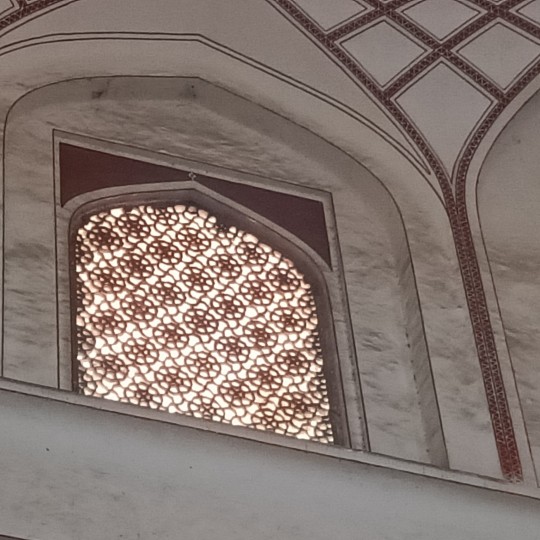
Humayun's tomb in New Delhi was built by his widow, Bega Begum, who is also known by another name 'Haji Begum'. The name was given to her because of her pilgrimage to Mecca.
After the ascension of Akbar, it was expected that Bega Begum would go live with her stepson but instead, she chose to stay back in Delhi and build her husband's mausoleum. For this task, she had brought back masons and artisans from Arabia and a site was chosen to build the first example of a Mughal Persianate Garden tomb as a mausoleum. The design was exquisite - the first to combine elements of Central Asian architecture with Hindustani elements.
Source : Ira Mukhoty (2018), Daughters of the Sun
#history#indian#indian history#india#north indian#delhi#new delhi#humayun#Humayun's tomb#mughal architecture#mughal empire#mughal art#mughals#timurid#hindustani#hindustan#bega begum#haji begum#historical#historyblr#history blog#history buff#desi tumblr#desiblr#desi
7 notes
·
View notes
Text
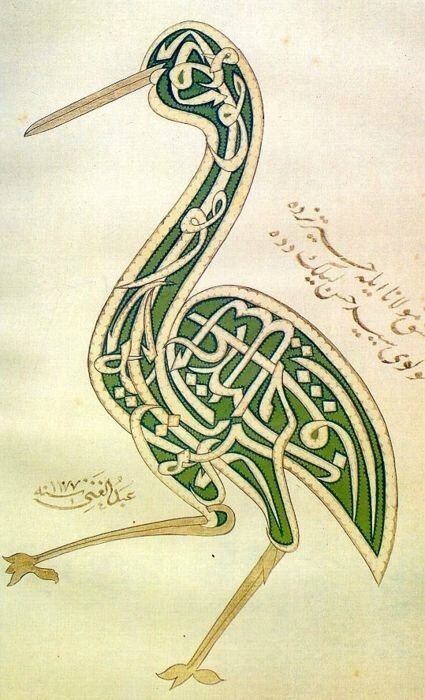
“One day, an injured stork fell into the courtyard of Nasr Eddin, who took care of it but waited until it had recovered to file down its long beak and clip the tips of its wings."
Excerpt from “ Sublime words and idiocies of Nasr Eddin Hodja. All of Nasr Eddin, or almost ” . Words collected and presented by Jean-Louis Maunoury. Éditions Phébus, “Libretto” collection, 2002. © Editions Phébus
via alain turong
389 notes
·
View notes
Text

Gold and pearl drop pendant, Mughal Empire (India), 982 AH (1574-1575 AD)
from The Museum of Islamic Arts, Qatar
271 notes
·
View notes
Text

'A simurgh (‘anqa', a mythical bird) and, above, a bird that appears to be a hoopoe but is labeled 'aq'aq (magpie). From a copy of ‘Ajā’ib al-makhlūqāt wa-gharā’ib al-mawjūdāt (Marvels of Things Created and Miraculous Aspects of Things Existing) by al-Qazwīnī (d. 1283/682). Neither the copyist nor illustrator is named, and the copy is undated. The nature of paper, script, ink, illumination, and illustrations suggest that it was produced in provincial Mughal India, possibly the Punjab, in the 17th century.'
#mughal art#indian art#ok also this one. i just really like these drawings#illuminated manuscript#Zakarīyā’ ibn Muḥammad al-Qazwīnī#al-Qazwīnī
12 notes
·
View notes
Photo

Mahout on an elephant
gouache on paper; Murshidabad, India; 18th century.
102 notes
·
View notes
Text
White Taj stark against Dark Clouds.

Tagging: @bishh-kanya @kaurava-apologist @iams99 @mooonboy @swayamev @ramayantika @lazydreamer19 @gaydar-malfucktion
#desiblr#mobilography#art#artblr#clouds#desi culture#mughal#mughlai#mughal art#mughal architecture#taj mahal#rain#rain aesthetic#dark academic aesthetic#history#history aesthetic#mumtaz#shah jahan#love
115 notes
·
View notes